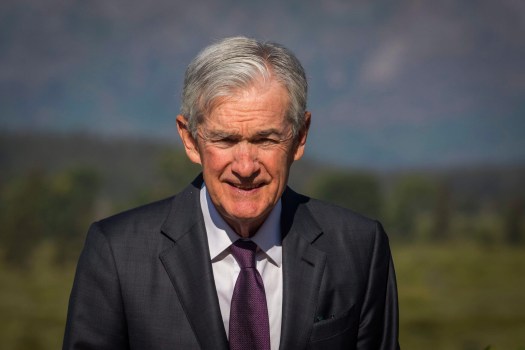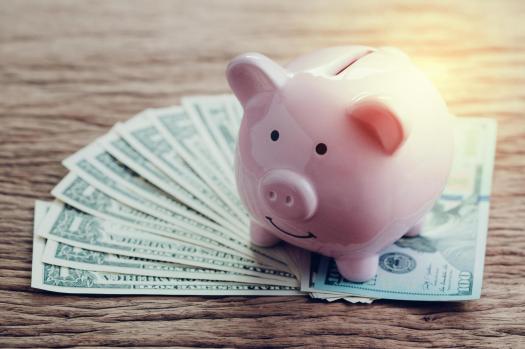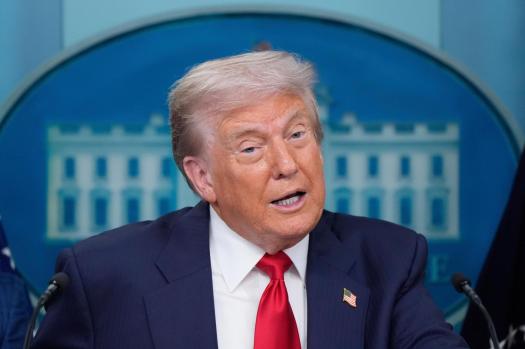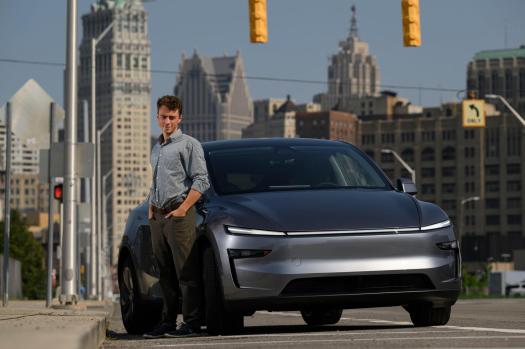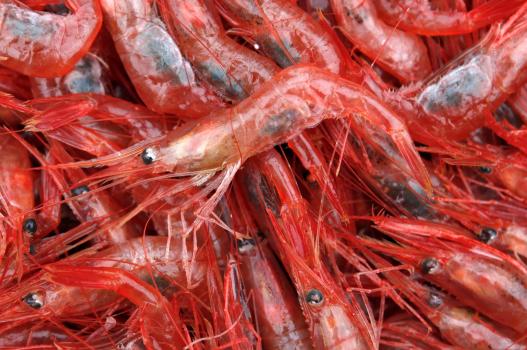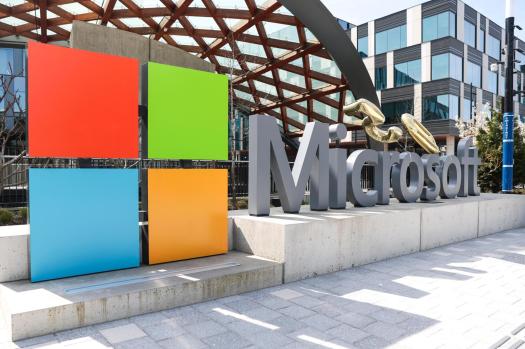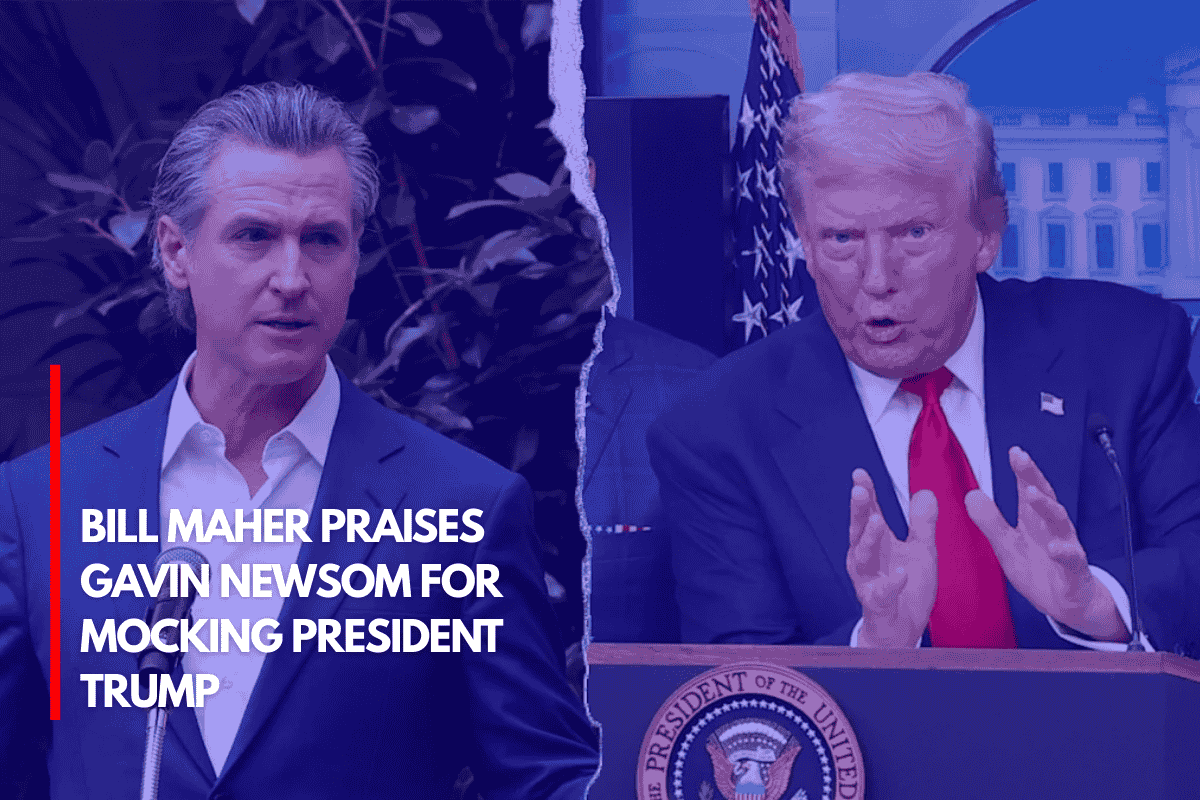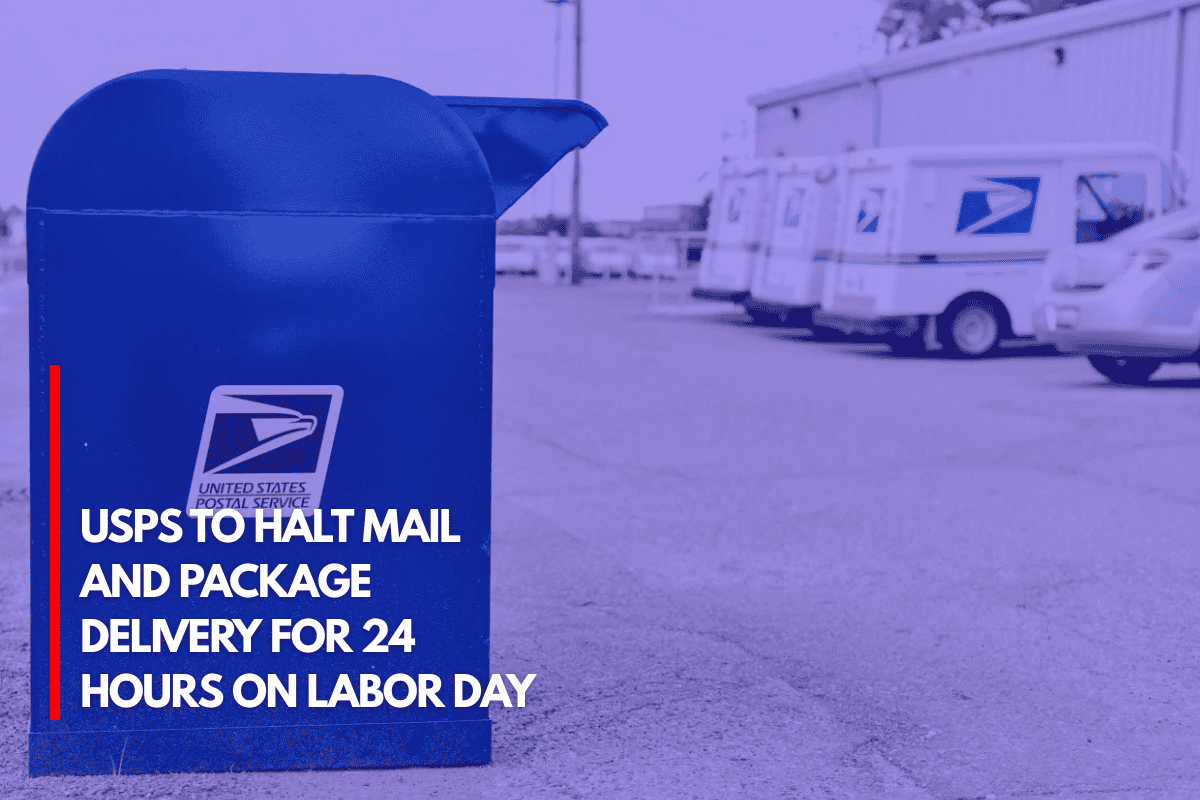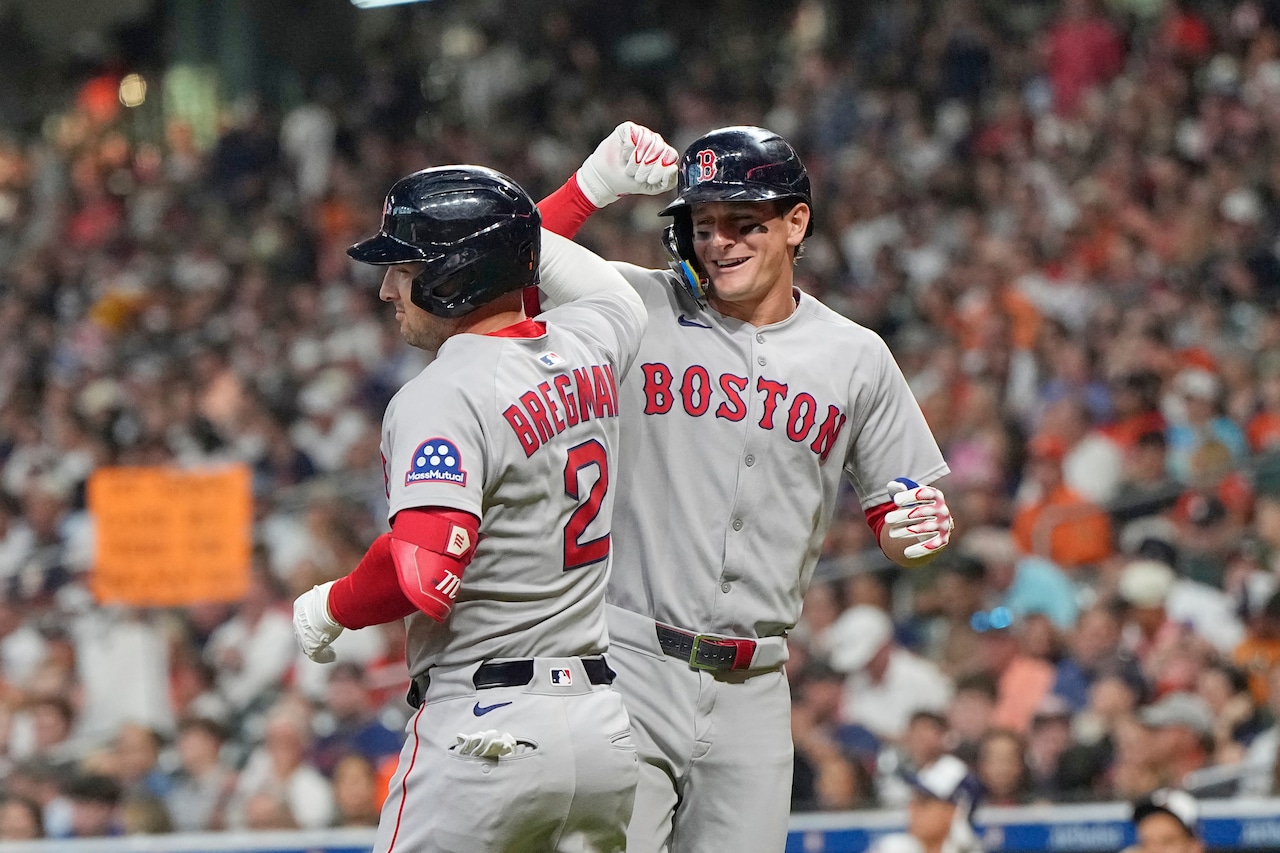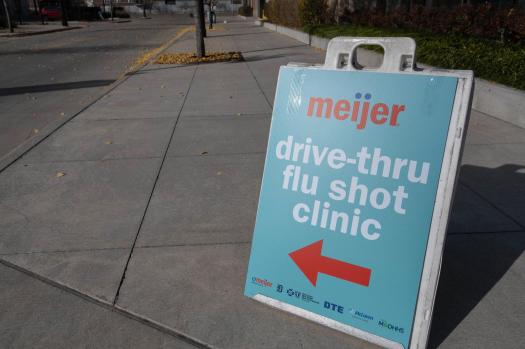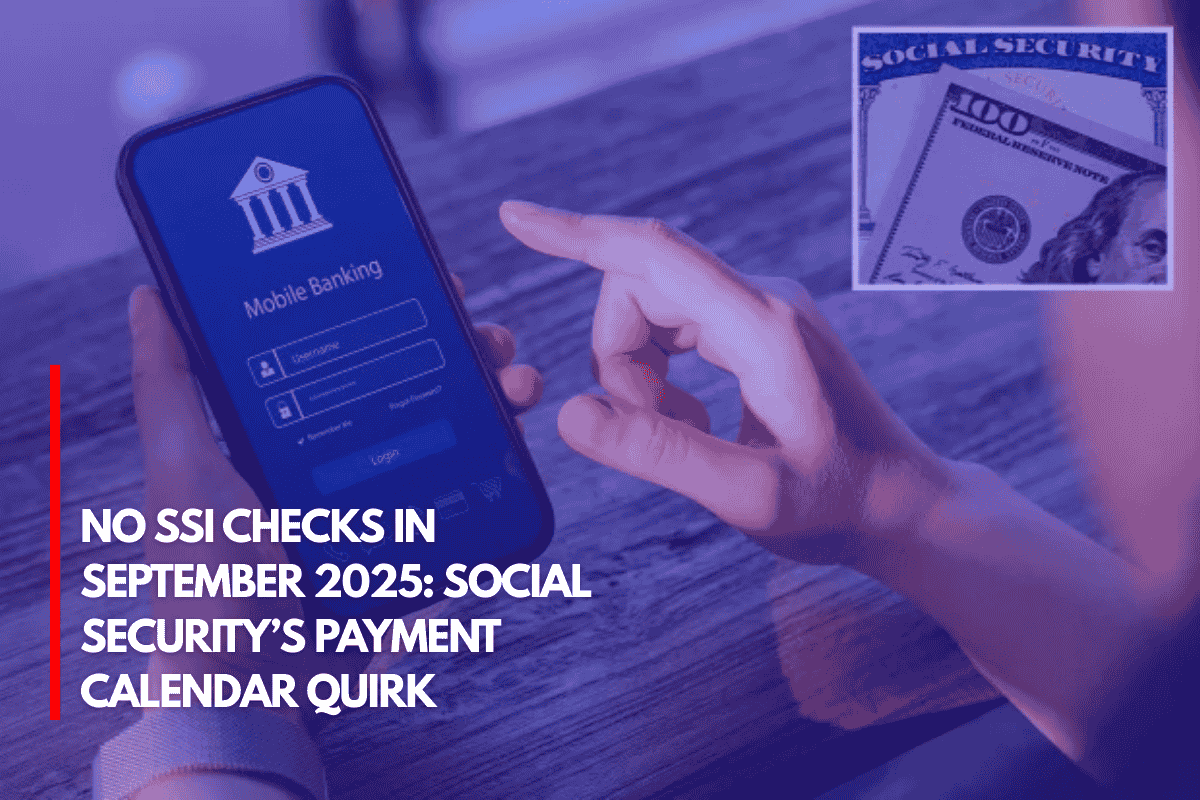Washington Jerome Powell, the chair of the Federal Reserve, has hinted that the central bank may soon lower its key interest rate. However, he now has a new problem: how to do so without appearing to give in to pressure from the White House.
Powell has mostly disregarded President Donald Trump’s persistent demands that he lower borrowing costs for months. Powell, however, indicated in a much-awaited speech on Friday that the Fed might do so as early as its September meeting.
The Fed will have to make a difficult choice since it has to balance the economy’s potential for improvement in the second half of this year against ongoing inflation. If either of these trends materializes, a cut may appear premature.
Trump has pushed Powell to decrease interest rates, claiming that there is no inflation and that doing so would result in lower interest payments for the government’s $37 trillion debt.
Powell, meanwhile, has stated that a rate cut is probably coming for a very different reason than Trump’s: He is concerned about the economy’s decline. He also hinted that the Fed will go cautiously and drop rates far more slowly than Trump desires during his speech on Friday at an economic symposium in Wyoming’s Grand Teton National Park.
Powell noted that economic growth has significantly slowed in the first half of this year, falling from 2.5% to 1.2% annually. He noted that there has also been a noticeable slowdown in the need for labor, which could lead to an increase in unemployment.
Powell added, however, that tariffs have begun to raise the cost of goods and may raise inflation further. Fed officials will keep a careful eye on this prospect and will be wary of further rate decreases.
At 4.3%, the Fed’s benchmark short-term interest rate affects other borrowing prices for mortgages and auto loans, among other things. No Fed official agrees with Trump’s demand that it be lowered as low as 1%.
The Fed will probably continue to uphold its long-standing independence as it moves forward. Since it may take actions like raising interest rates to cool the economy and fight inflation that are more difficult for elected leaders to accomplish, most economists believe that a politically independent central bank is essential to controlling inflation.
Twelve of the Fed’s 19 members who make up the interest-rate-setting committee cast votes on rate decisions. “I am dedicated to the Fed’s independence,” stated Beth Hammack, president of the Federal Reserve’s Cleveland branch, on Friday.
“I try to tune out all the other noise, and I’m laser focused on making sure I can deliver good outcomes for the public,” she said.
Like many of her colleagues, she is still worried that the Fed must continue to combat stubborn inflation.
According to Hammack, inflation is excessively high and has been moving in the wrong direction. In terms of inflation, I believe we are currently slipping away from our objectives.
During his speech in Wyoming, when he was given a standing ovation by the gathered academics, economists, and central bank officials from all around the world, Powell himself did not address the Fed’s independence. However, according to Adam Posen, president of the Peterson Institute for International Economics, that was probably a conscious decision meant, paradoxically, to show the Fed’s independence.
According to Posen, they were doing their utmost to convey that they were moving on with the business by not discussing independence. We are currently engaged in a polite internal debate over the issue’s merits. And we will make the right decision, even if it pleases the president.
